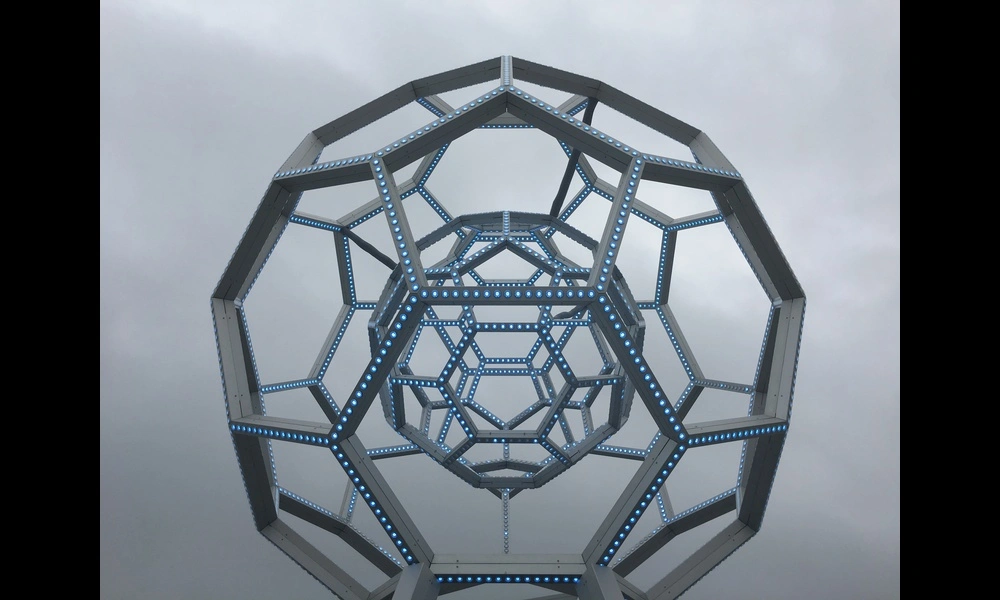Groundbreaking Research Unveils New Framework for Efficient Robotic Learning
Published on Thu Jan 01 1970Imagine robots learning to move and interact in the real world as efficiently as a child picks up a new game. This cognitive leap is closer than ever, thanks to groundbreaking research introducing a new framework for robotic learning. Researchers have developed an innovative strategy that could allow robots to learn complex tasks with a remarkably small amount of real-world data. The method combines simplified physics models with low-level tracking controllers to enhance the learning process, promising to usher in a new era of efficient and reliable robotic training.
Pioneering the field of robotics, scientists have unveiled a novel optimization framework that employs approximate physics-based models to train robots effectively using real-world data. Traditional methods of teaching robots through simulations have suffered from inefficiency and an inability to translate seamlessly into the physical world. This new approach, detailed in a compelling study, uses derivatives of basic physics principles to improve the estimation of policy gradients—mathematical calculations that guide the robot's learning process. In essence, the system equips robots with a simplified internal model of the laws of physics, allowing them to predict and adjust to their environment more quickly.
The profound implications of this research could revolutionize the way robots learn to navigate and interact with their surroundings. Practical experiments with a small car and a quadruped robot have demonstrated that this method not only works but does so with stunning effectiveness, requiring only minutes of real-world data gathering. Where traditional robotic systems might struggle to cope with unexpected changes, the incorporation of a feedback mechanism ensures that the robots remain stable and adaptable over time. This development not only represents a leap forward in robotics but also holds promise for numerous applications where autonomous systems need to operate reliably in unpredictable real-world scenarios.
While the researchers are clear that challenges remain—such as adapting this method to tasks involving intricate physical interactions or integrating it with advanced perception systems—they have laid a solid foundation for future advances. Their approach offers a tantalizing peek at the future of robotics, one where automation can be fine-tuned swiftly, responding to the real world with finesse once thought beyond the reach of machines. As the research community builds upon this innovative framework, we edge closer to a world where robots could learn as intuitively and efficiently as we do.
Keep Reading
New research uncovers breakthrough techniques for accurate nanoscale electromechanical measurements, revolutionizing material science.


